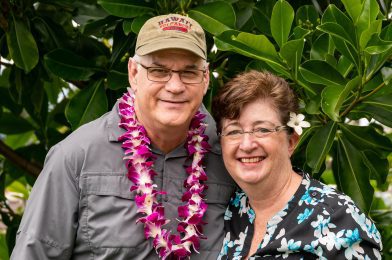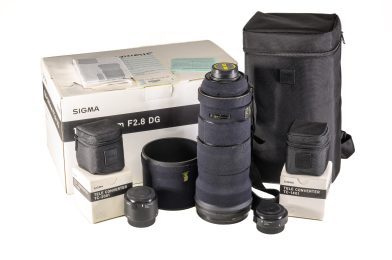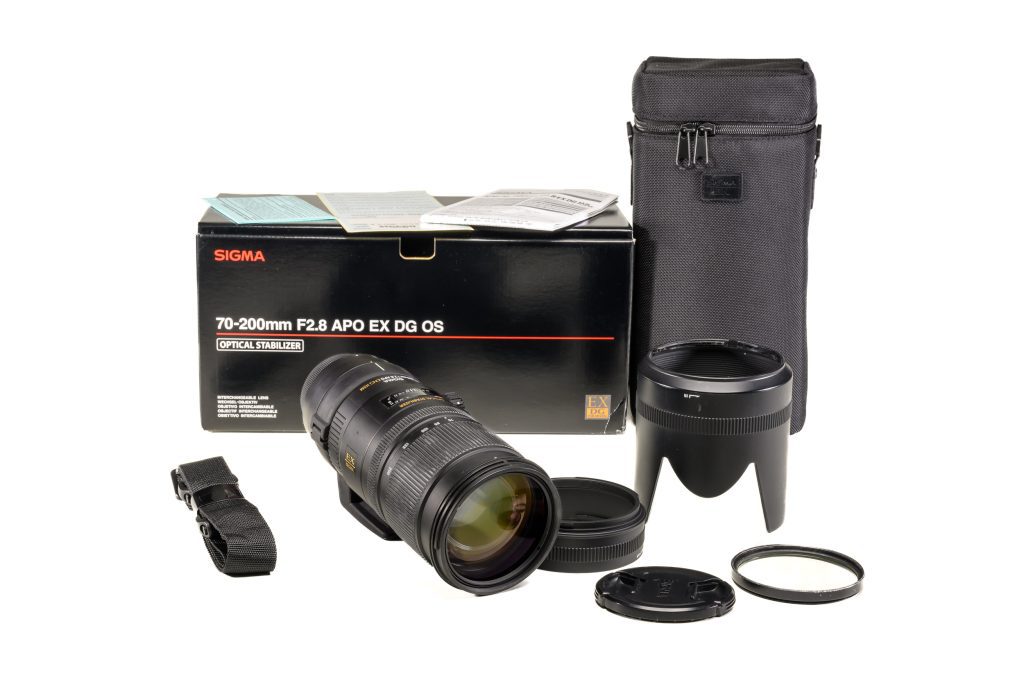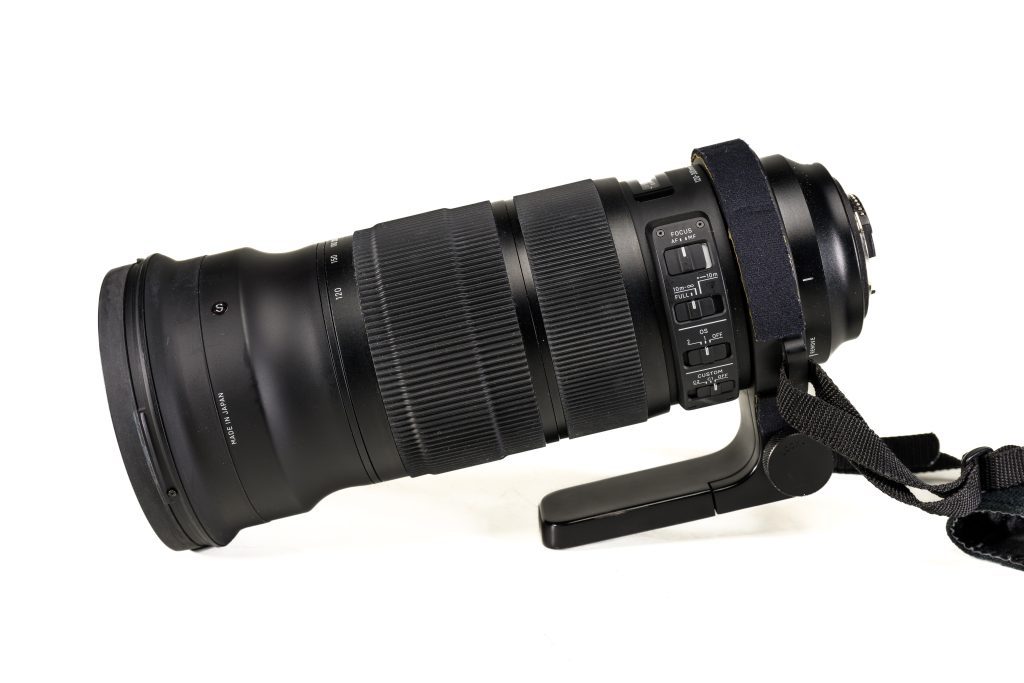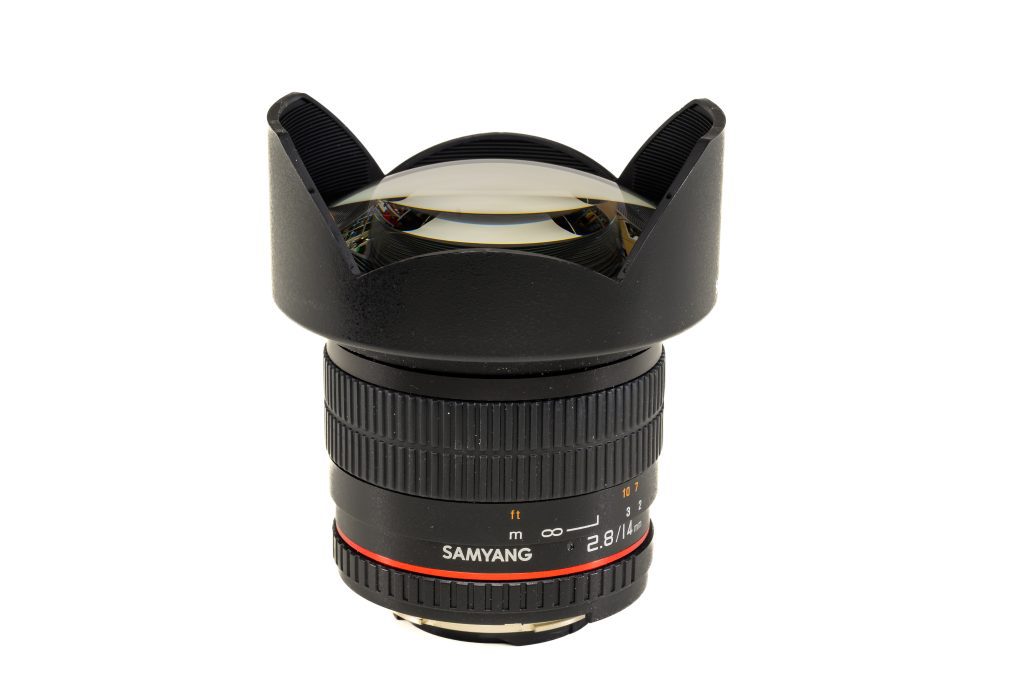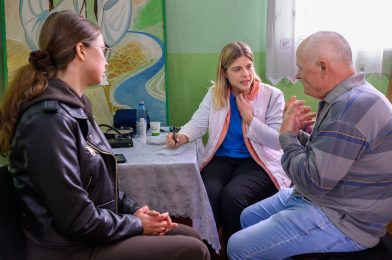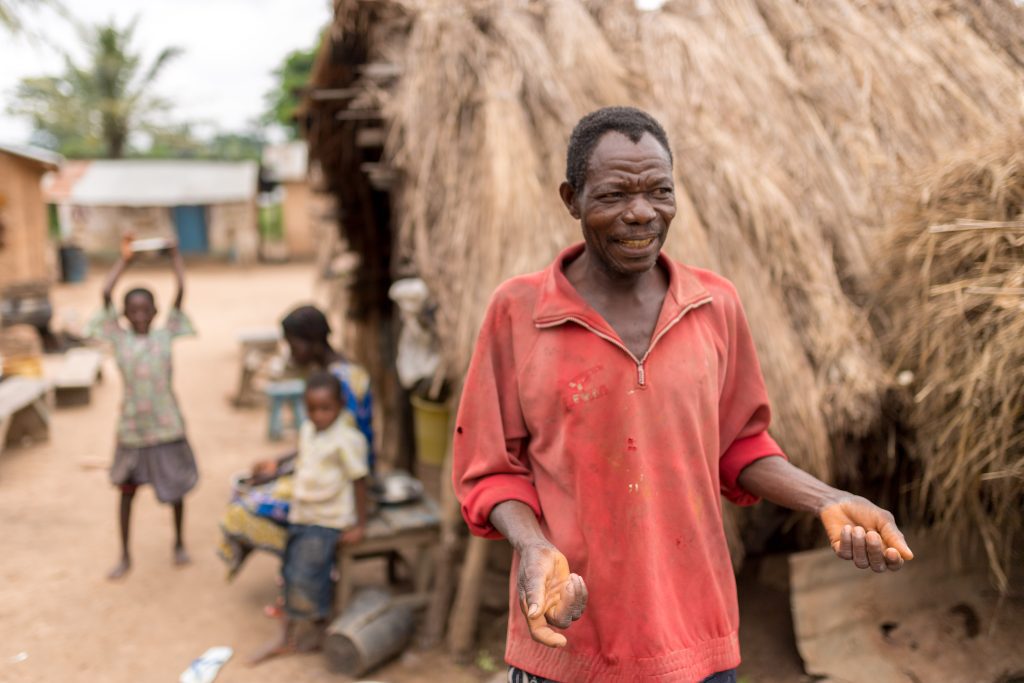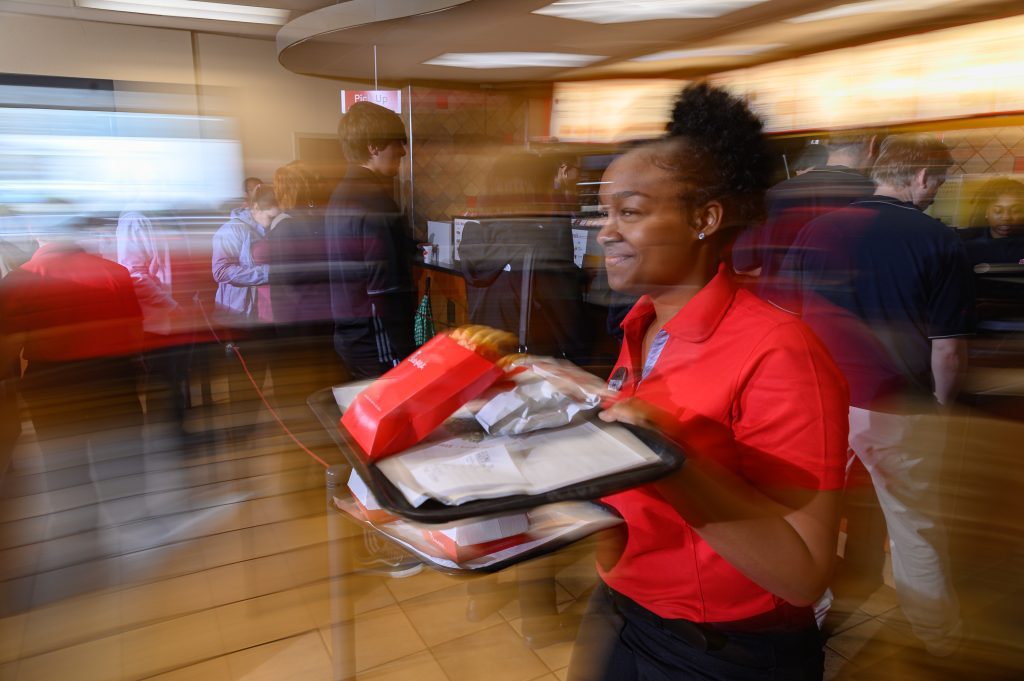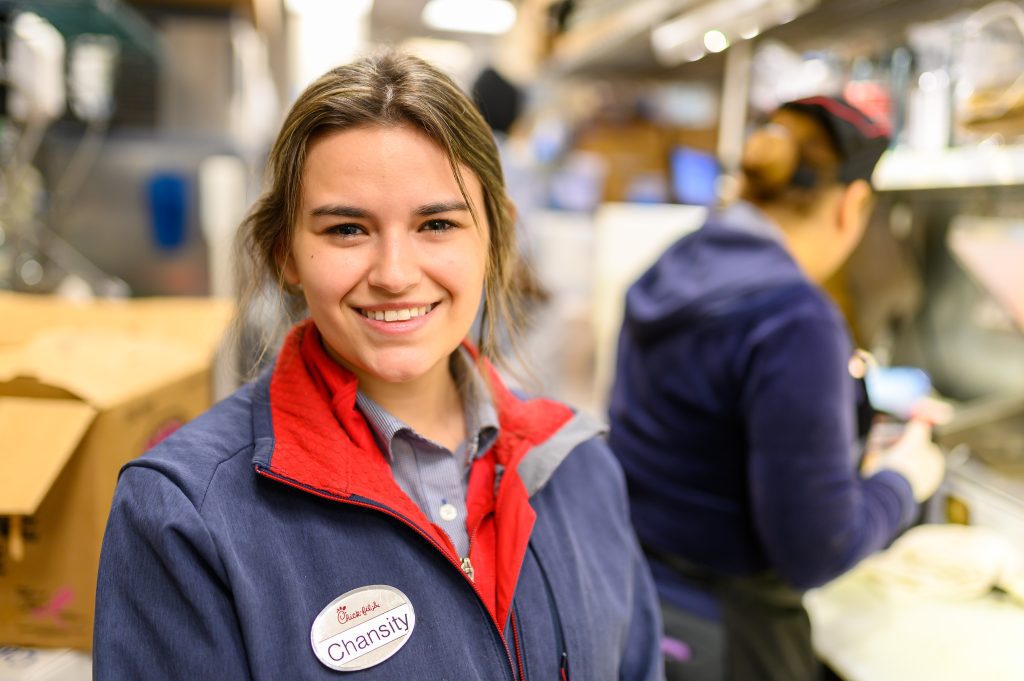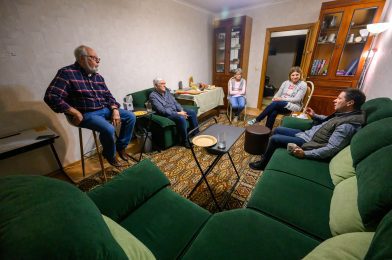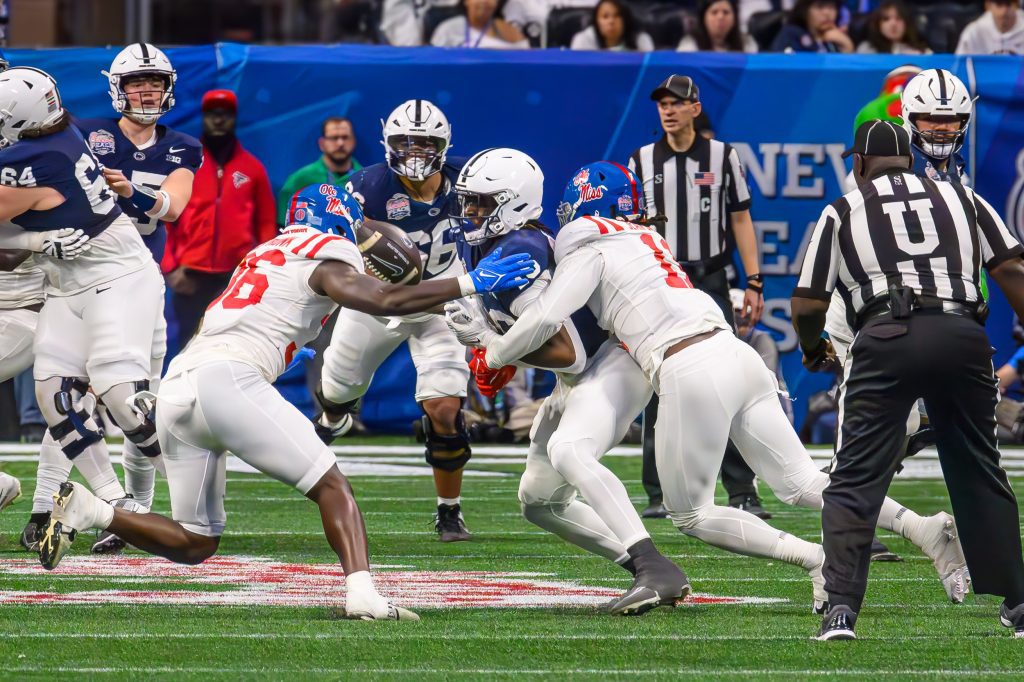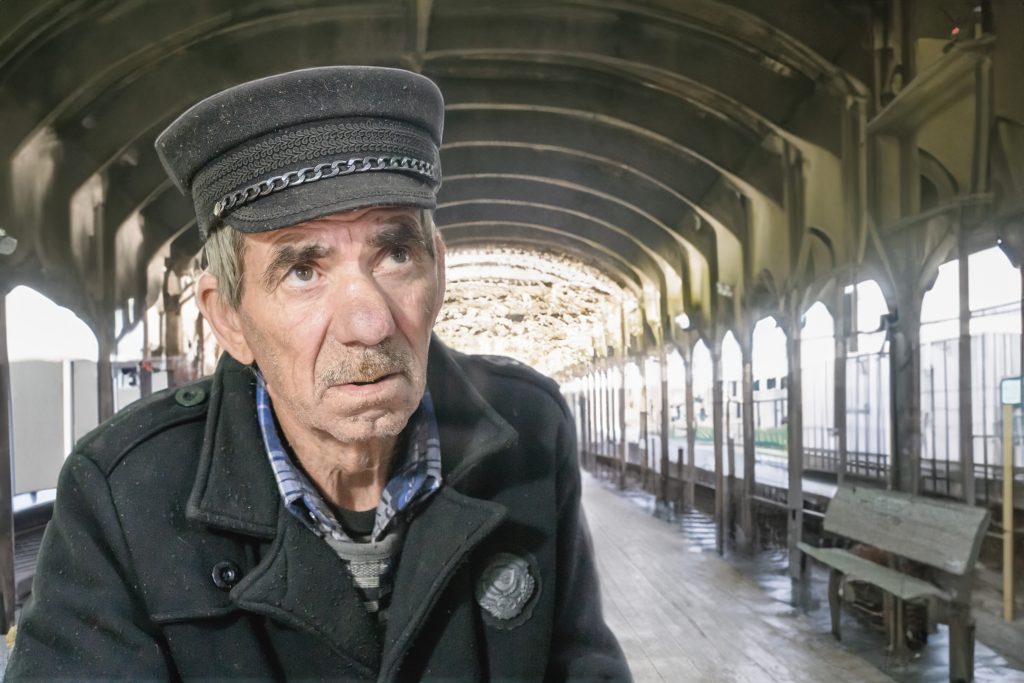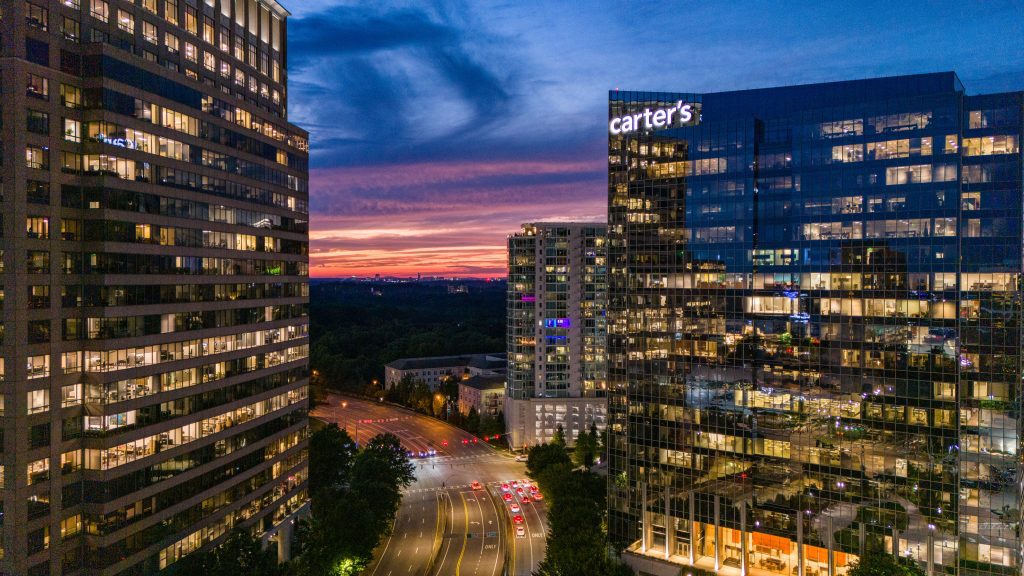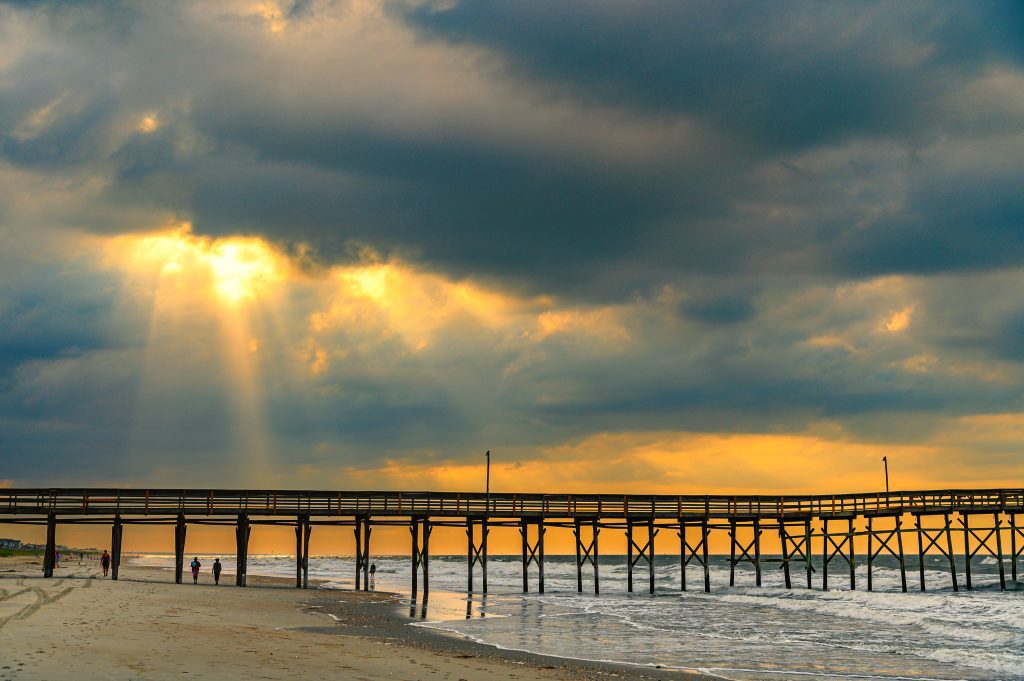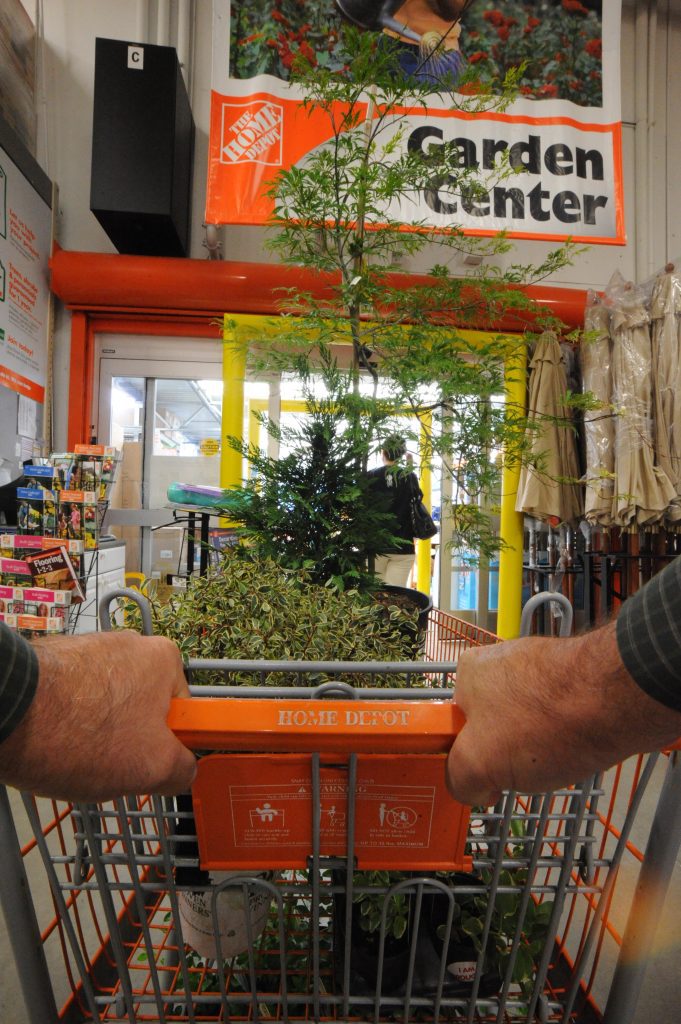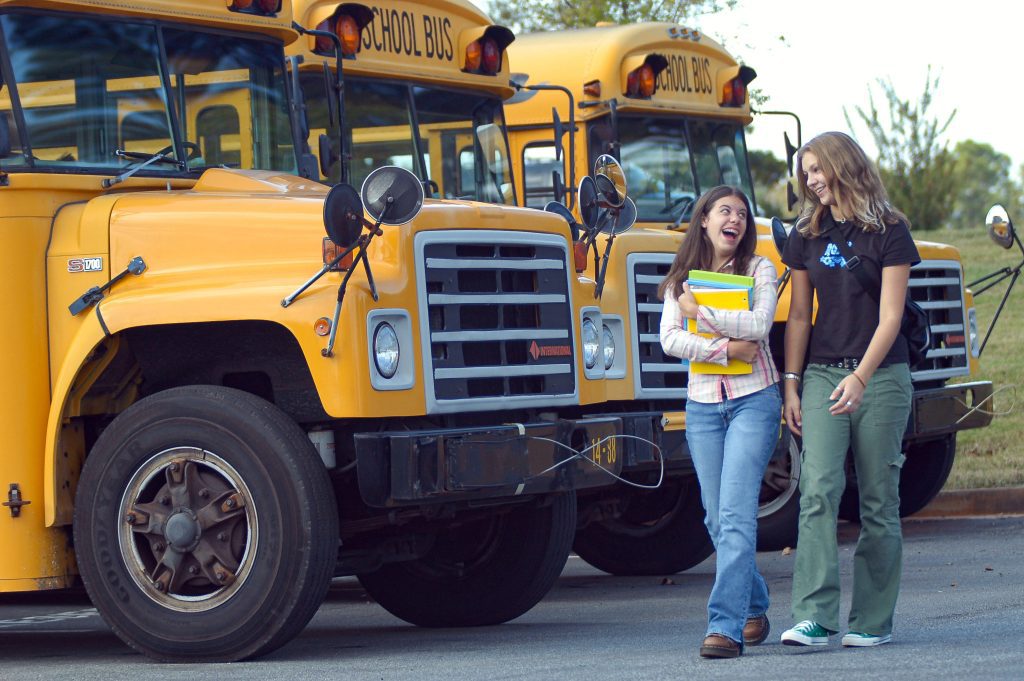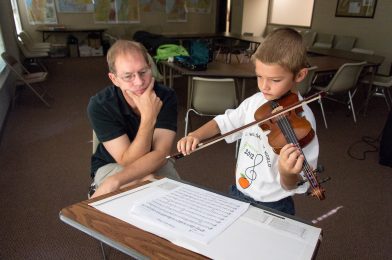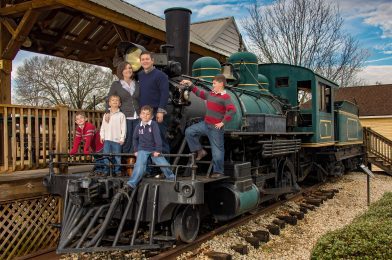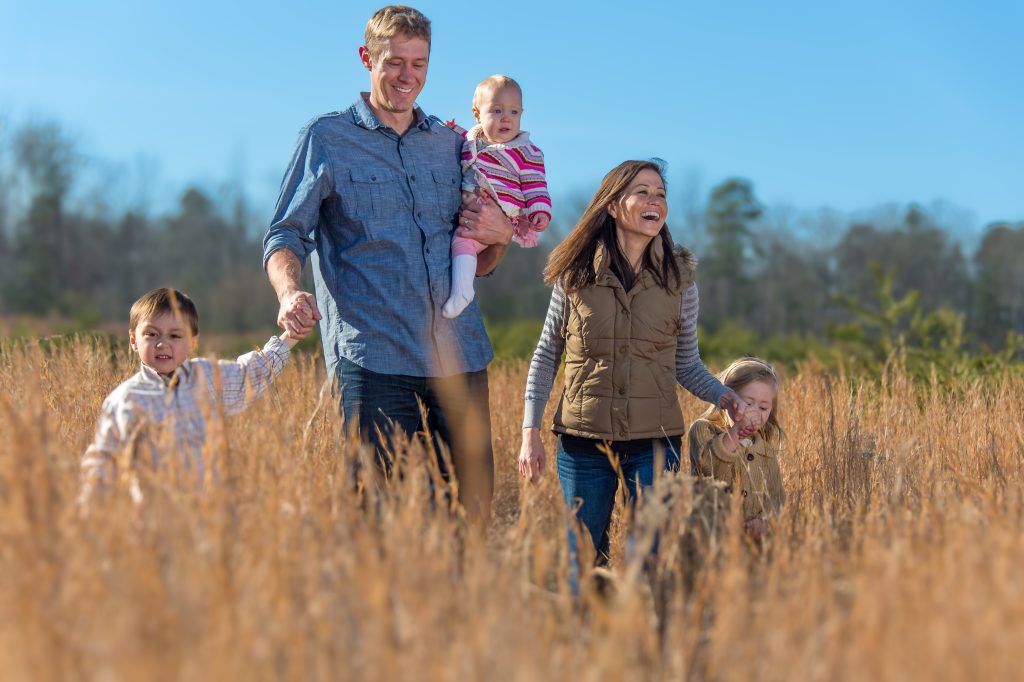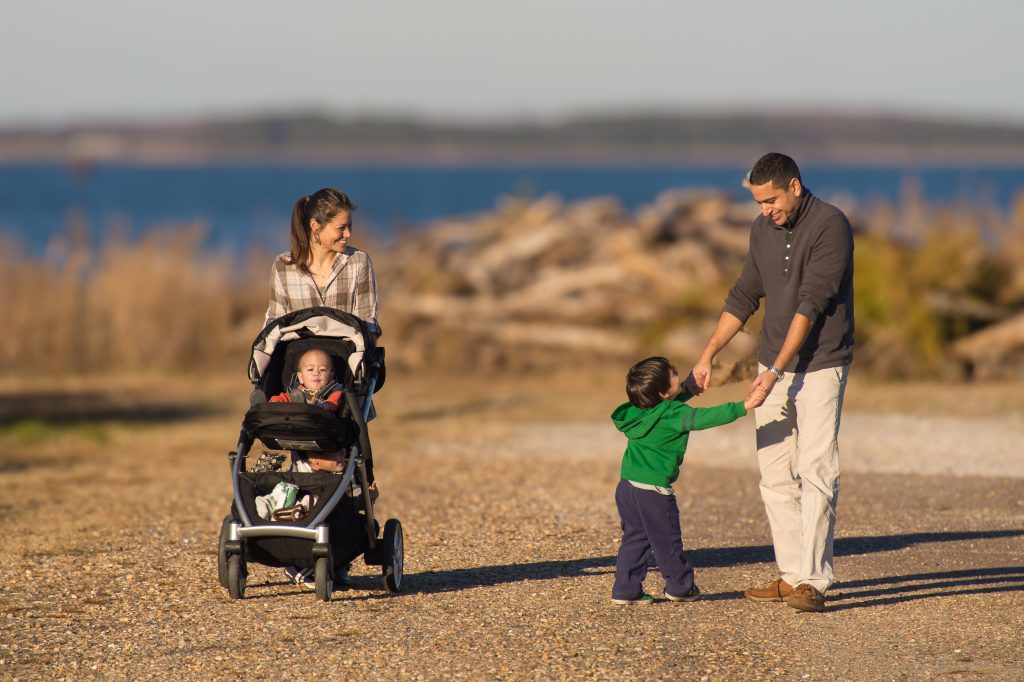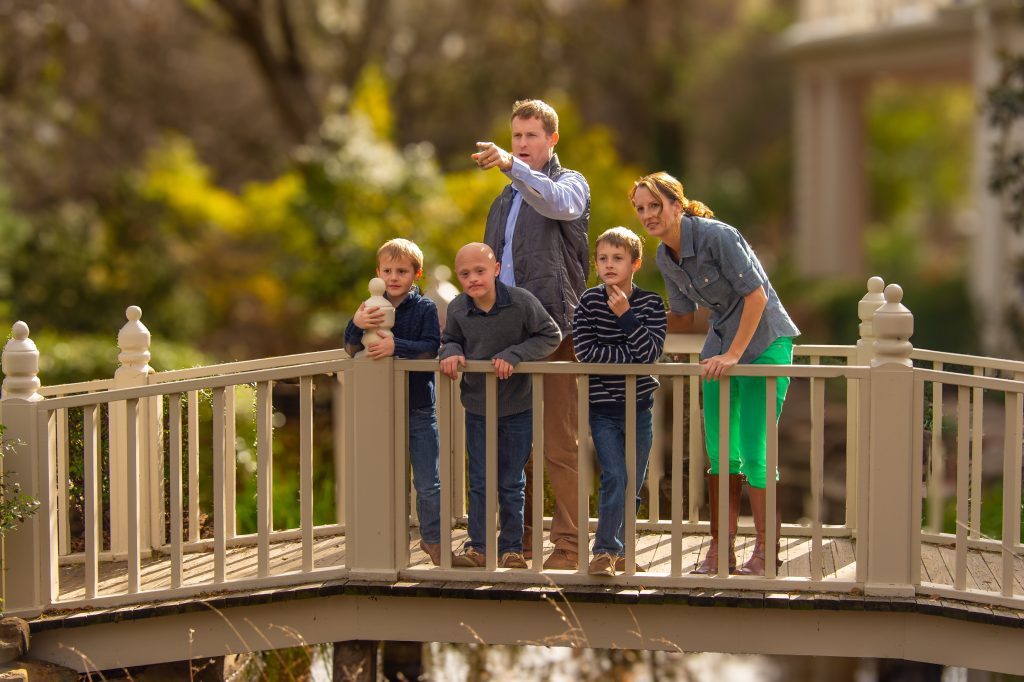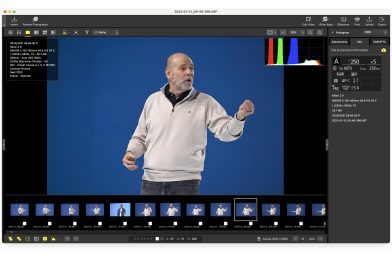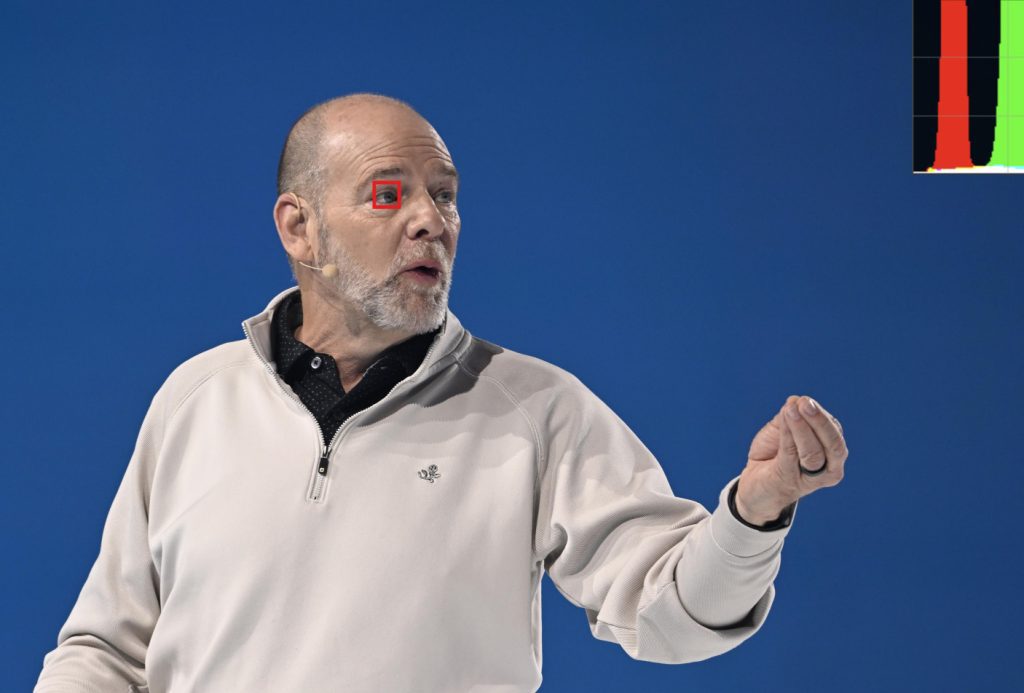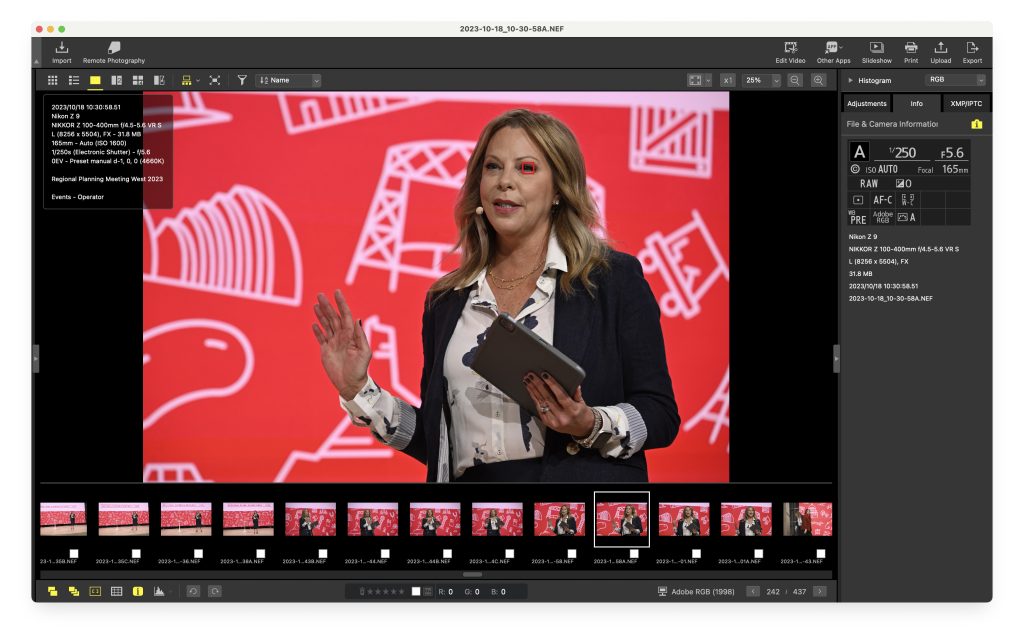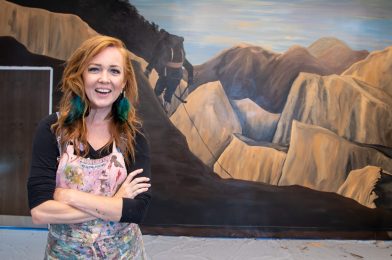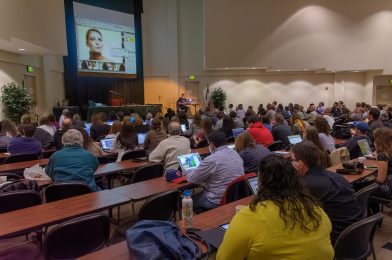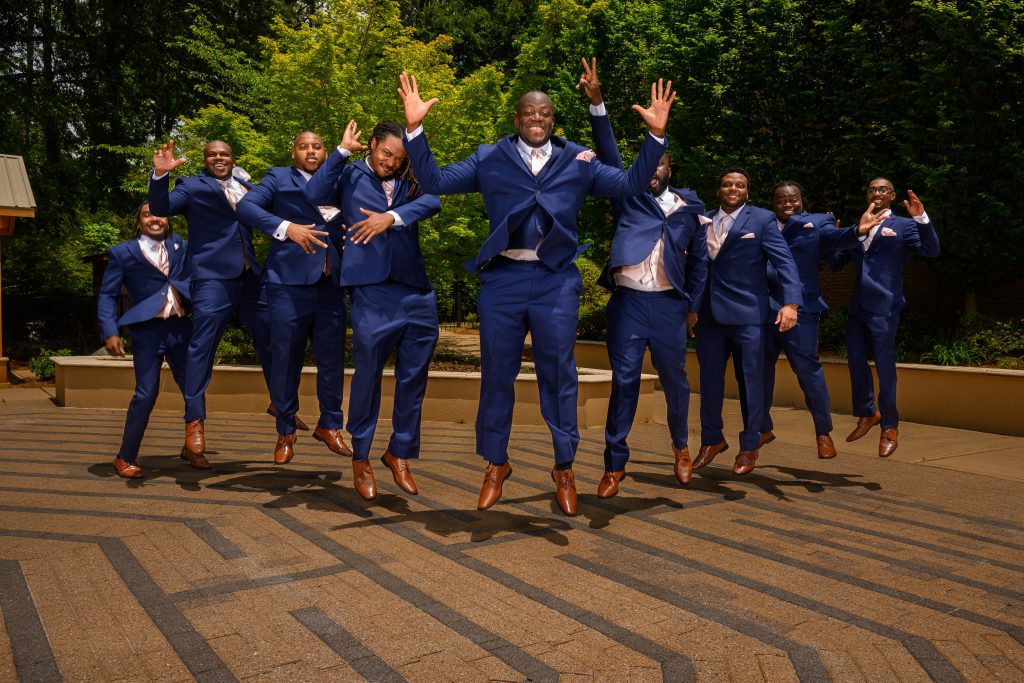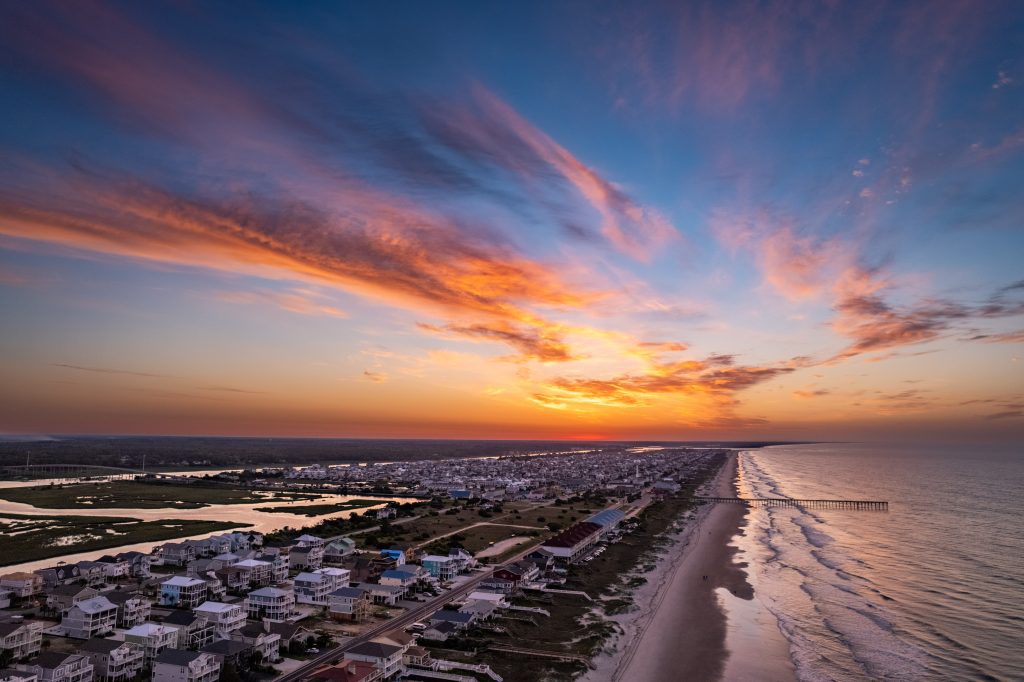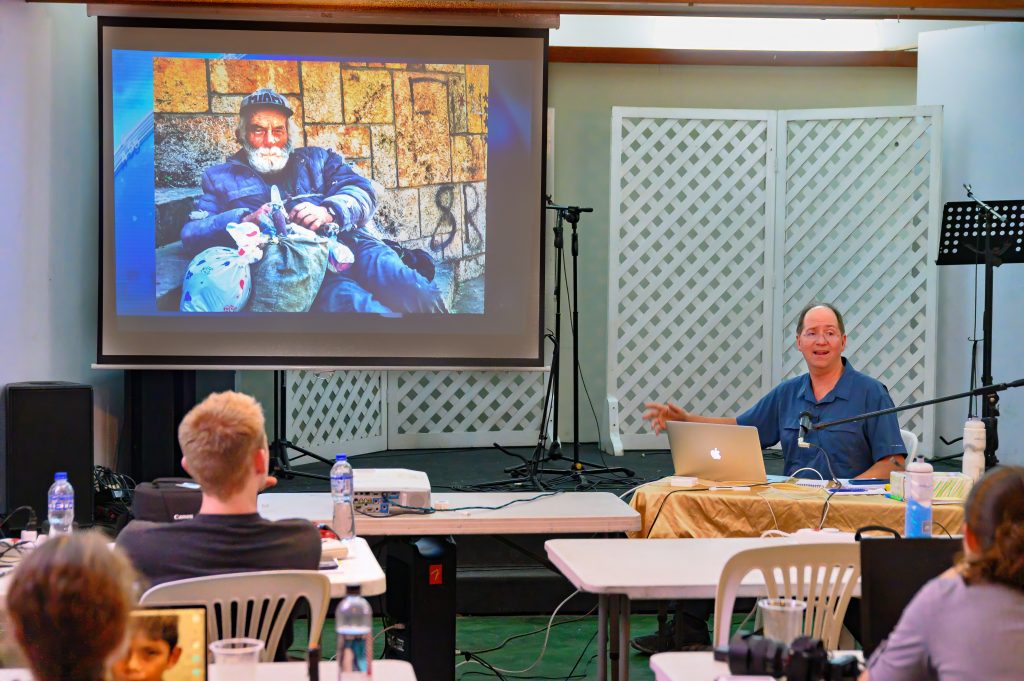Editor’s Note: As I reflect on our 28th Wedding Anniversary, which is today, I’m compelled to write these thoughts. It’s a celebration of our enduring love and the profound impact Dorie Griggs, my cherished wife, has had on shaping my understanding of others. Your unwavering care and dedication to helping me see beyond my perspectives have been transformative. It’s not merely about learning to listen; it’s about the courage to question the beliefs that might hinder our comprehension of others. Your guidance has revealed that genuine empathy demands attentive ears and a willingness to challenge our assumptions and beliefs.
In a world that often champions self-assuredness, the proper depth of understanding lies in our ability to empathize. Empathy isn’t just a personal attribute; it’s the cornerstone for businesses seeking to comprehend their clients and provide services that resonate with their needs.
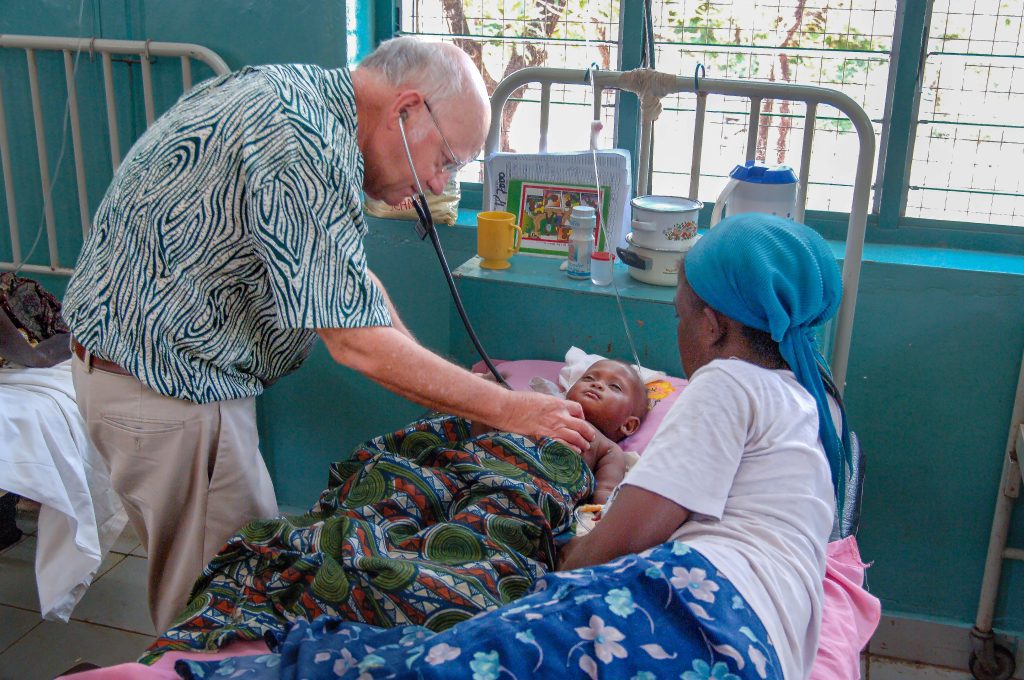
We often default to assuming we’ve grasped the world’s complexities, shaping our care for others based on this fixed worldview. However, life continually teaches us the importance of listening with all our faculties—eyes, ears, mind, and heart.
In our current society, polarization seems to grow, partly due to a deficiency in fundamental aspects of caring for others, extending beyond our self-interests.
Whether you’re a freelancer or a professional, cultivating empathy can transform how you connect with others. Here are some practical tips:
- Active Listening: Engage fully when your customers share their needs and concerns. Listen not just to respond but to truly understand their perspective.
- Put Yourself in Their Shoes: Delve into your customers’ experiences. Ask yourself how you would feel or act in their situation. This exercise fosters a deeper understanding of their needs.
- Ask Questions: Don’t hesitate to ask clarifying questions. It demonstrates your interest and commitment to comprehending their unique situation.
- Embrace Feedback: Encourage open feedback from customers. Constructive criticism helps tailor your services to suit their requirements better.
- Cultivate Understanding in Personal Relationships: Extend empathy beyond business. Practice empathy with your family and friends by actively listening and supporting them without judgment.
Remember, empathy isn’t a fixed trait; it’s a skill that can be honed and refined over time. By incorporating these practices into your professional and personal interactions, you’ll enhance your relationships and deepen your understanding of the diverse perspectives around you.

Here’s a reading list of books on empathy, along with their respective links That I found online for you:
- Mean People Suck: How Empathy Leads to Bigger Profits, and a Better Life by Michael Brenner Brenner confronts the most significant challenges from his 53 different jobs as a business owner and sales and marketing leader. He gained great insight into empathy’s role in success in those various positions. His book tackles why people are dissatisfied at work; much of it comes down to the simple principle that mean people suck.
- The Empathy Effect: 7 Neuroscience-Based Keys for Transforming the Way We Live, Love, Work, and Connect Across Differences by Helen Riess Do you question whether empathy is a matter of nature versus nurture? Dr. Reiss shares her conclusions about empathy based on neuroscience, suggesting that empathy isn’t only innate but also a skill we should all develop and enhance.
- Mindsight: Transform Your Brain with the New Science of Empathy by Daniel J. Siegel Mindsight seamlessly integrates brain science and psychotherapy. Mastering it could increase your self-awareness, allowing you to develop more profound empathy.
- The Age of Empathy: Nature’s Lessons for a Kinder Society by Frans de Waal Is selfishness the worst evil? More importantly, is being greedy and selfish innate to human nature? These are the questions posed by the author, and he believes that selfishness isn’t inherent. By studying social behaviors in animals, his book makes the case for empathy being an instinct.
- Empathy: Why It Matters, and How to Get It by Roman Krznaric The author interviews a wide range of professionals, determining six life-altering habits of those with high empathy.
- Empathy curated by Harvard Business Review Harvard Business Review collected multiple original articles about empathy and produced a book, offering an Empathy 101-style overview.
- The Empathy Factor: Your Competitive Advantage for Personal, Team, and Business Success by Marie R. Miyashiro Research in brain science, organizational theory, and emotional intelligence all support the author’s definition of empathy.
- Well-Designed: How to Use Empathy to Create Products People Love by Jon Kolko The author repositions the typical sales process, putting the customer at the center and explaining how empathy could be a competitive advantage.
- Wired to Care: How Companies Prosper When They Create Widespread Empathy by Dev Patnaik Dev Patnaik explains how powerful empathy can be in a business context by exploring big-name brands.
- The Art of Empathy: A Complete Guide to Life’s Most Essential Skill by Karla McLaren This book draws support from neuroscience, social psychology, and healing traditions, teaching you how to perceive and feel other people’s experiences sincerely.
- Applied Empathy: The New Language of Leadership by Michael Ventura, The author, drawing from a storied career, offers fundamental strategies for leveraging empathy to become a better leader.
- Compassion Inc.: Unleashing the Power of Empathy in Life and Business by Gaurav Sinha Sinha puts forth the idea of the economics of empathy for life and business, offering actionable solutions for the changing business world.

